
Hidden Springs Park
Much like how Earnest Hemingway created vivid worlds and inspiring tales through his typewriter, architects use the land around them to create places much like those described in stories for people to get out and make their own tales. Thus it should be said that the mere idea of creating a useable space for people to live there lives in, is daunting at best.
Historically speaking, Las Vegas has one of the most interesting growth patterns, unmatched by any other states within the last century. Besides the seemingly ever expanding gaming industry, Las Vegas has been subject to a very large urban sprawl. However, in the recent decades, a large portion of some of the oldest neighborhoods in Las Vegas have fallen into disrepair, and in some cases, subject to crime. Recently in the last decade efforts have been made to cleanup the old downtown are of Las Vegas, one of the solutions being to change the zoning of the original building. If a visitor were to visit near Fremont Street in Las Vegas today however, it would be a much different story. Revitalization of the Las Vegas has made vast changes to the original neighborhoods. Besides becoming some of the hottest growing areas in Las Vegas, northern Las Vegas has become an epicenter for local arts and businesses. This is where the need for a pocket park comes in.
Roughly 25 or so miles south of northern Las Vegas there is a stark contrast in the amount of leisure parks available for public use. As part of the revitalization project, several new parks have sprouted up, yet are so scattered and few in number to make any sort of significant impact, hence the idea for a pocket park located in the heart of northern Las Vegas.
Hidden Springs park, named after several of the aquifers located throughout the valley, is a possible solution to the ever expanding urban sprawl. Designed as a public city park, Hidden Springs provides a quiet location for business professionals and older families alike to escape to a place like none other found in Las Vegas.
The design style, which takes several large queues from the Streamline Moderne, the commonplace design style used in Las Vegas 80 years ago, not only fits well into the surrounding aged community, but still retains the essence of something new and sleek to catch the eyes of passerby's. Once inside the park, one of the first things patrons will notice is a large weathered steel grid which suspends visitors over a sunken terrarium filled with various drought tolerant flowers and shrubs. The meat of the park though lies on either side of the entrance, two gardens, which are submerged into the ground and surrounded by shade trees create the location for the chess garden and grass areas. Transversing down the path and into the gardens, patrons are greeted at every step by bright visit desert landscape located in the planters throughout the site. Finally at the end of the path is the hydration station, the highlight of the park. Every year countless visitors and residents are hospitalized or become ill due to inadequate hydration, the idea behind the hydration station is to provide purified, chilled water to anyone to help mitigate dehydration.
Through studying the demographics of the area, and heavily researching desert landscape architecture, the comprehensive design plan of Hidden Springs park creates a space that fits in and ages well with the surrounding community.
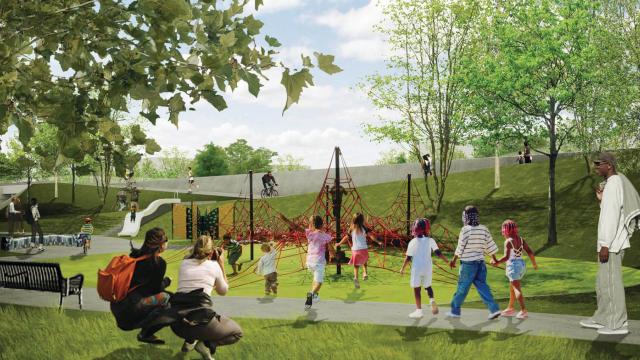
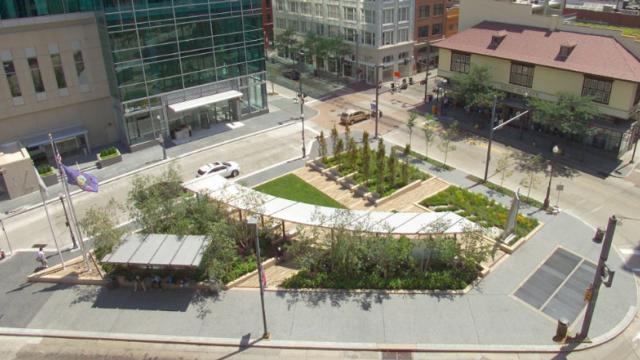
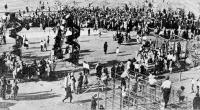
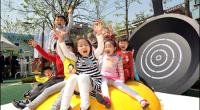
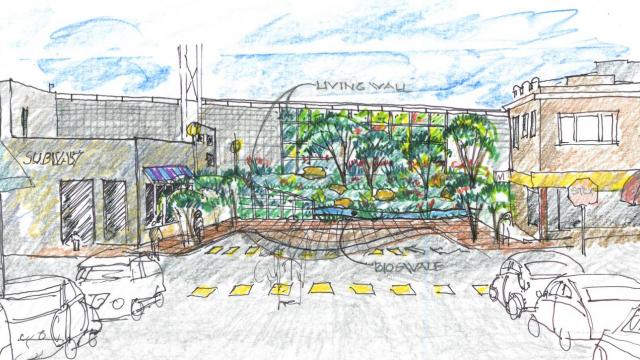
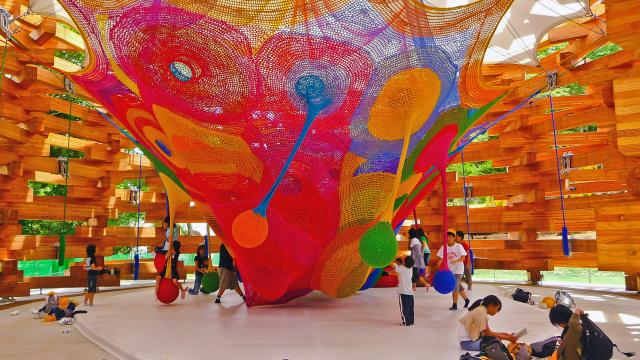
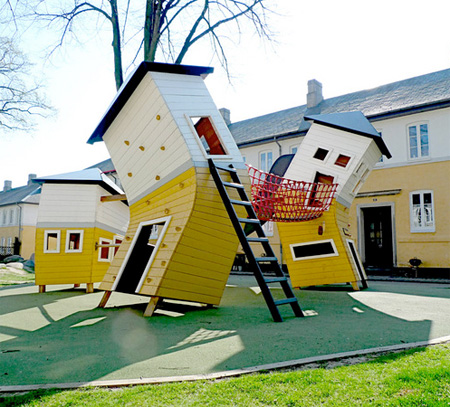

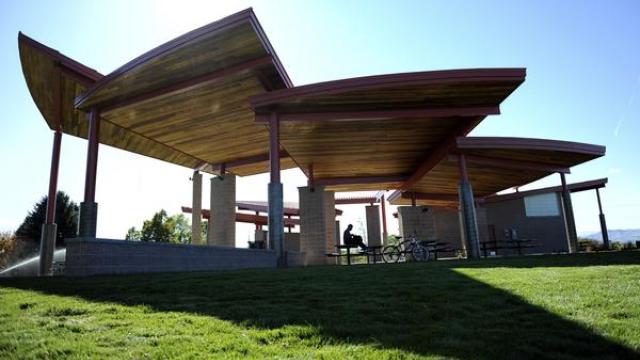


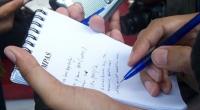
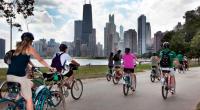



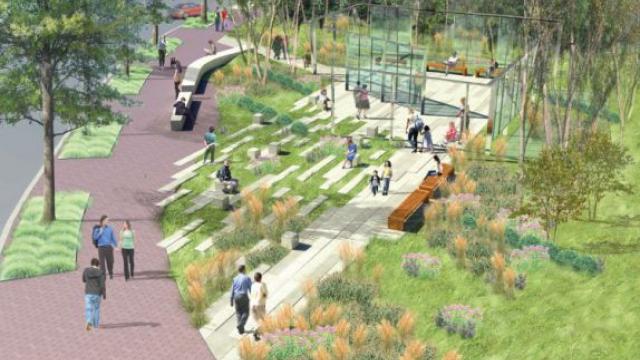
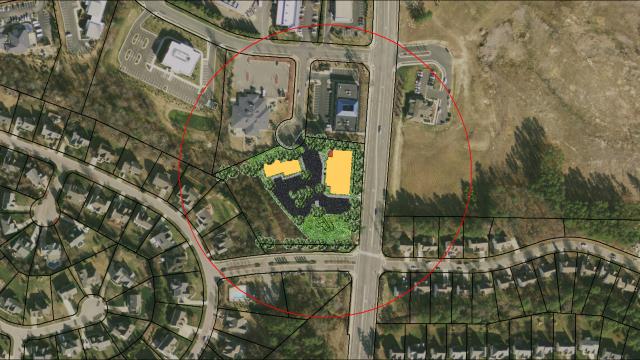
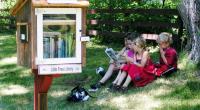
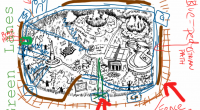





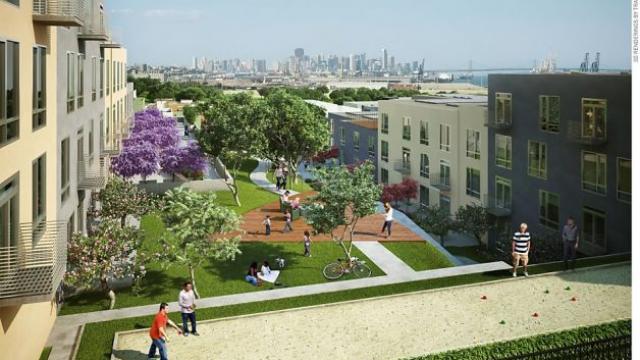
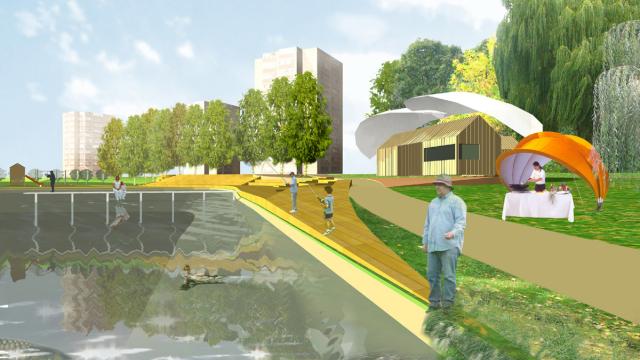
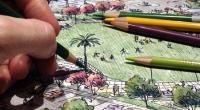



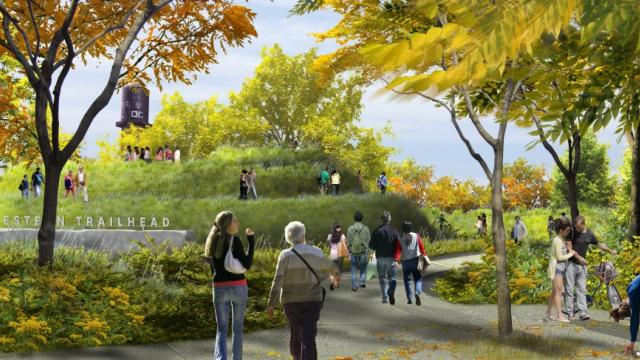
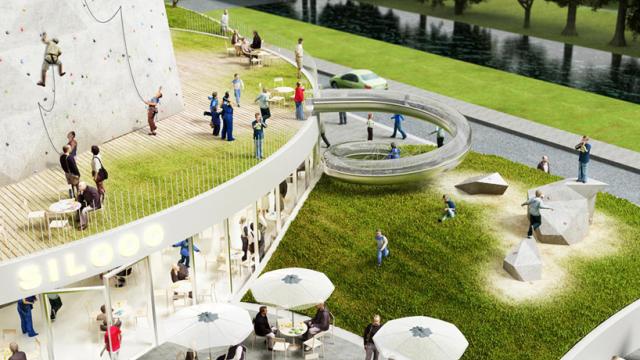
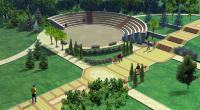
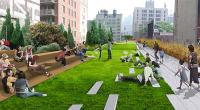



Comments
I absolutely love the homage to the history of Las Vegas in your park and the way you make it seem like an oasis in the urban desert.